Move To Block F-15E Strike Eagle Cuts Being Made In Congress
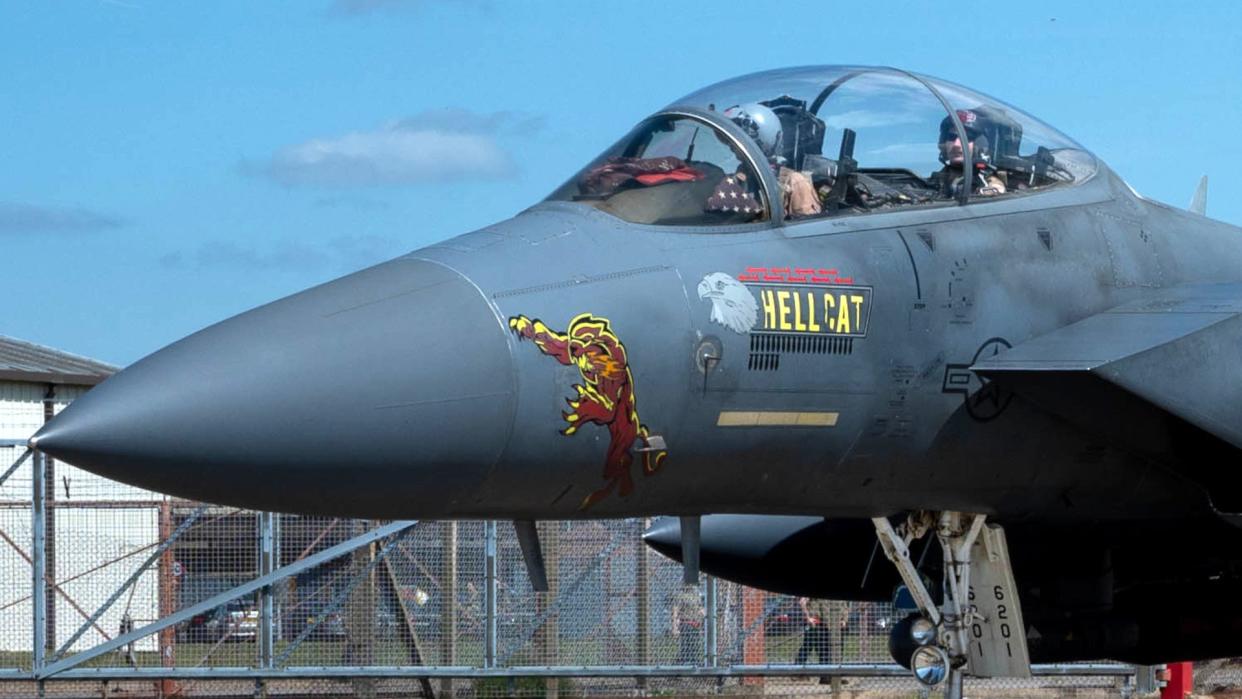
Members of Congress are pushing to block the U.S. Air Force from sending more than half of its F-15E Strike Eagle combat jets to the boneyard in the coming years. The Air Force says it needs to ditch older F-15Es to help free up resources for its future modernization plans, but lawmakers are concerned about dwindling numbers of available tactical aircraft in the meantime. This all comes after Strike Eagles shot down more than 70 Iranian drones heading for Israel last month, with some of the jets involved now sporting large numbers of kill markings.
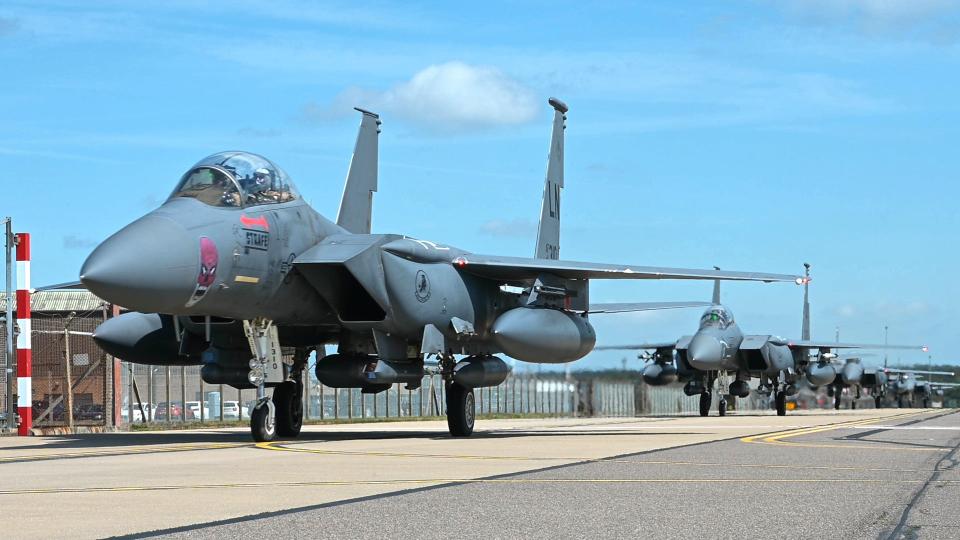
A section that "would prohibit the retirement of any F-15E tactical fighter aircraft, with certain [unspecified] exceptions," is included in the latest draft of the House of Representatives' version of the annual defense policy bill, or National Defense Authorization Act, for the 2025 Fiscal Year. That prohibition would remain in place "until the Secretary of Defense submits a fighter aircraft capability and requirements study that estimates the number of fighter aircraft needed by the Air Force to meet the requirements of geographical combatant commanders," according to the proposed legislation, details about which were released yesterday.
At present, the Air Force has 218 F-15Es in its inventory. Of those aircraft, 119 are powered by a pair of Pratt & Whitney F100-PW-220 turbofan engines that produce some 23,500 pounds of thrust each. The other 99 have two F100-PW-229s, which are significantly more powerful with thrust ratings of 29,000 pounds apiece. The plan now is to retire all of the Strike Eagles with the -220 engines, which are also older overall, by the end of Fiscal Year 2028.
"The Air Force determined the best mix for the fighter fleet calls for maintaining an F-15E fleet of 99 aircraft with the more powerful engine (F-100-PW-229) and shifting resources to maximize procurement of newer fighters and capabilities," an annual Pentagon-wide force structure report released in April explains. "Prioritizing modernization efforts to keep pace with near-peer competitors requires difficult tradeoffs with existing aircraft inventories and programs."
The Air Force is in the midst of a major modernization push that, in particular, aims to fundamentally change the character of the service's tactical air combat fleets in the future. The planned acquisition of 200 new sixth-generation crewed stealth combat jets and hundreds, if not thousands of Collaborative Combat Aircraft (CCA) drone companions for them and other existing fighters are centerpieces of this Next Generation Air Dominance (NGAD) initiative. The broader NGAD effort also includes the development of new weapons, electronic warfare suites, sensors, battle management capabilities, advanced jet engines, and other capabilities.
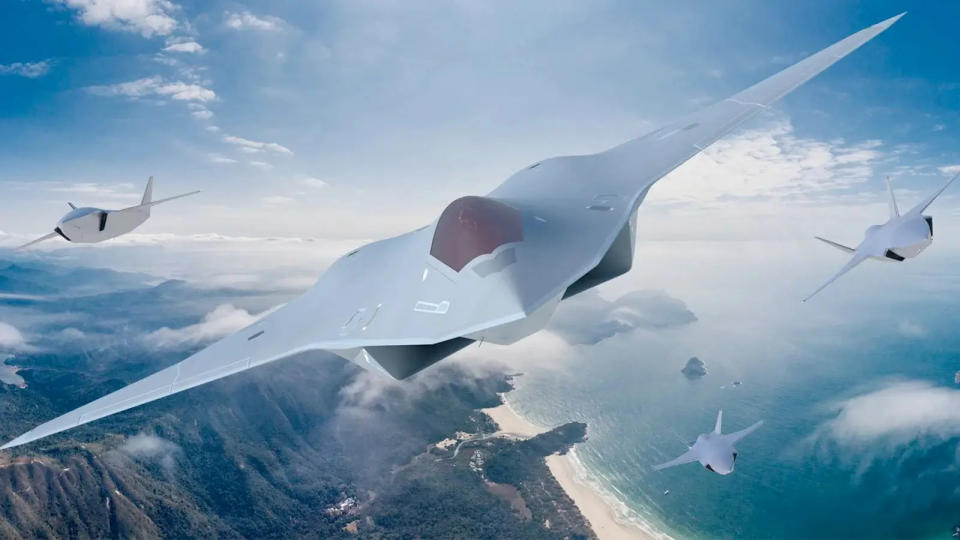
The Air Force has argued that NGAD, as well as a host of other modernization efforts, require the divestment of hundreds of legacy aircraft. The service looking to send some 250 aircraft, including 26 F-15Es, to the bone yard just in the 2025 Fiscal Year alone.
Members of Congress in the House and the Senate have already been pushing back on those plans and questioning about the ability of the Air Force to adequately perform its duties before its new aircraft and other future capabilities arrive. These concerns have only been magnified by the prospect of a potential major conflict with China in the Pacific, possibly over Taiwan, before the end of the decade. Russia's ongoing all-out war in Ukraine has created new geopolitical considerations for the United States, as well.
Altogether, it is not surprising that the F-15Es are receiving special attention in this growing debate over the Air Force's future force structure plans. The Air Force's Strike Eagles have long been and continue to be some of the most in-demand tactical air combat platforms the service has and for good reason.
The F-15Es, with their conformal fuel tanks, have the greatest range and payload capacity of any tactical jet in Air Force service today. They can also carry a dizzyingly broad array of different munitions and other stores, and have the ability to lug around outsized stores that simply won't fit on other fighters. The expectation is that the Strike Eagle's arsenal will only continue to grow in the future, including with new hypersonic missiles and air-launched drones.
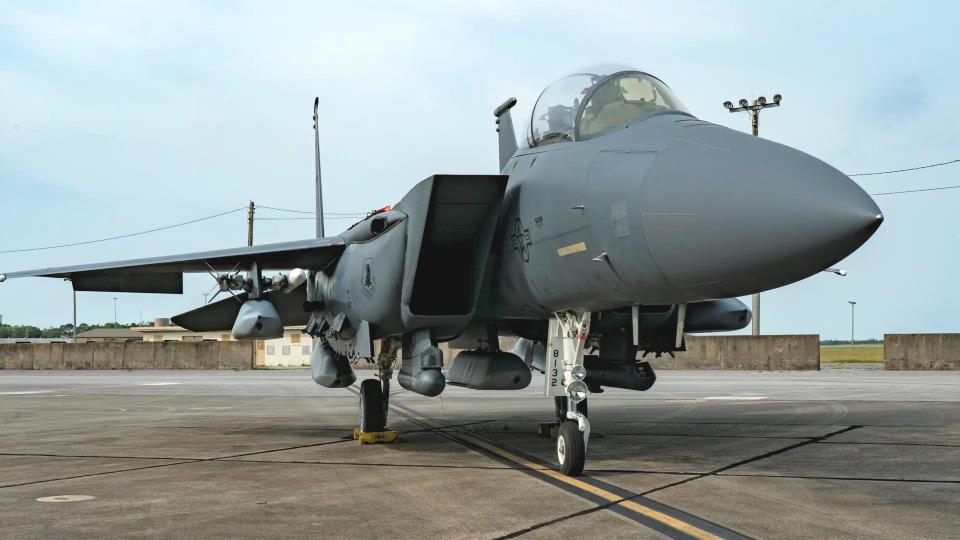
The Strike Eagle fleet has already been receiving new powerful AN/APG-82(V)1 active electronically scanned array (AESA) radars, which are particularly capable when it comes to spotting low-flying targets, even smaller ones, at extended distances. This likely played a role in the F-15E's success in downing so many Iranian drones. The AN/APG-82(V)1 is also better able to brute force its way through electronic warfare jamming, which is only expected to be more prevalent in the future.
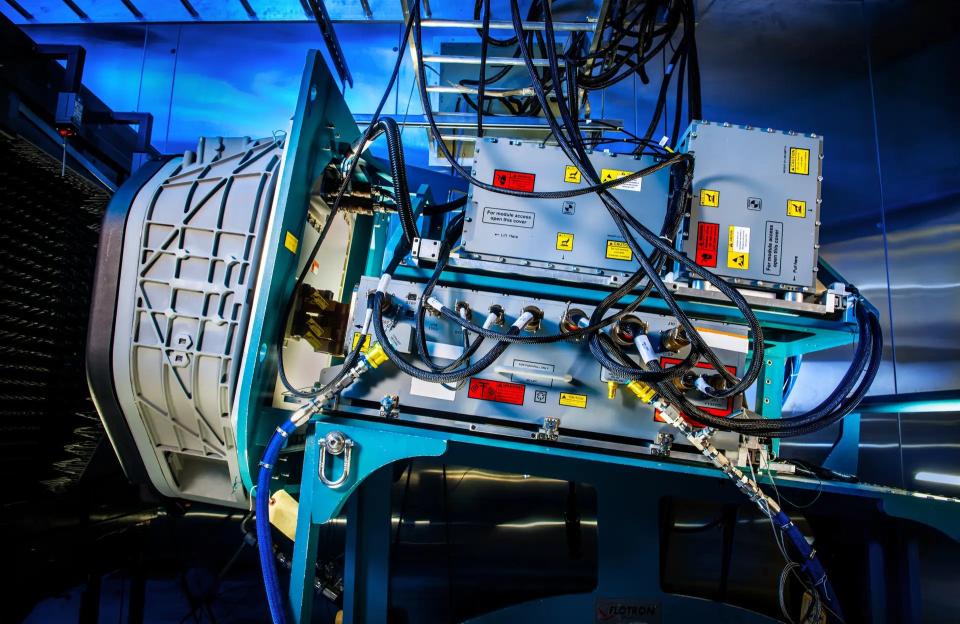
Air Force F-15Es are also now set to get their own new Eagle Passive/Active Warning and Survivability System (EPAWSS) electronic warfare suite. EPAWSS will provide extremely potent and adaptive electronic attack and self-protection capabilities, as well as offering crews greatly improved situational awareness. It is a key feature that helps ensure the F-15's survivability for years to come.
https://www.youtube.com/watch?v=jCVAxejUDMs
Though typically discussed primarily as long-range strike aircraft, the Air Force's F-15Es are also capable air-to-air platforms. In this role, their large payload capacity and range means they carry a large load of air-to-air missiles and stay on station for extended periods of time. The Strike Eagle's two-person crew offers situational awareness advantages over single-seat types, too.
F-15Es have been taking on more responsibility in the air-to-air role as older F-15C/D Eagles get retired. The Strike Eagle's capabilities in this regard were on full display in April when forward-deployed Strike Eagles from the 494th and 335th Fighter Squadrons shot down more than 70 Iranian drones headed for Israel. The elements of the 494th and 335th, which are based at RAF Lakenheath in England and Seymour Johnson Air Force Base in North Carolina, respectively, played a particularly outsized role in the U.S. military's overall defense of Israel from incoming Iranian threats.
Elements of the 494th that had been deployed to the Middle East just recently began to rotate back to the RAF Lakenheath with significant numbers of kill markings painted on their sides reflecting the dozens of Iranian drones they downed.
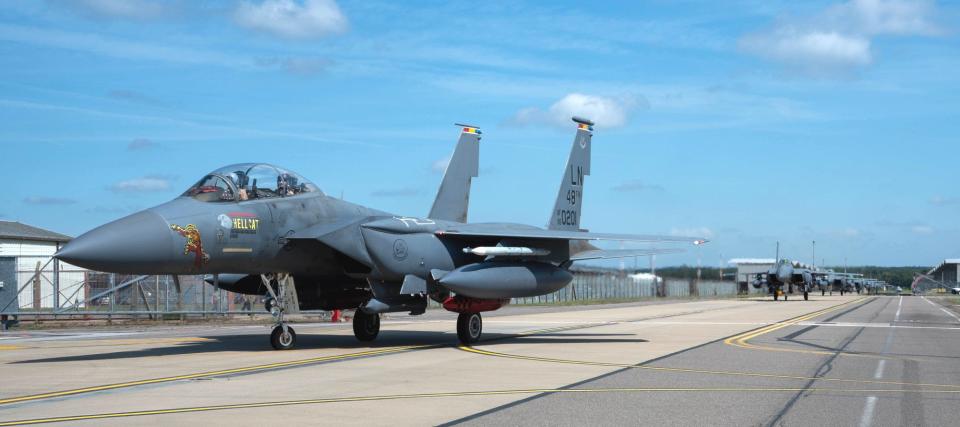
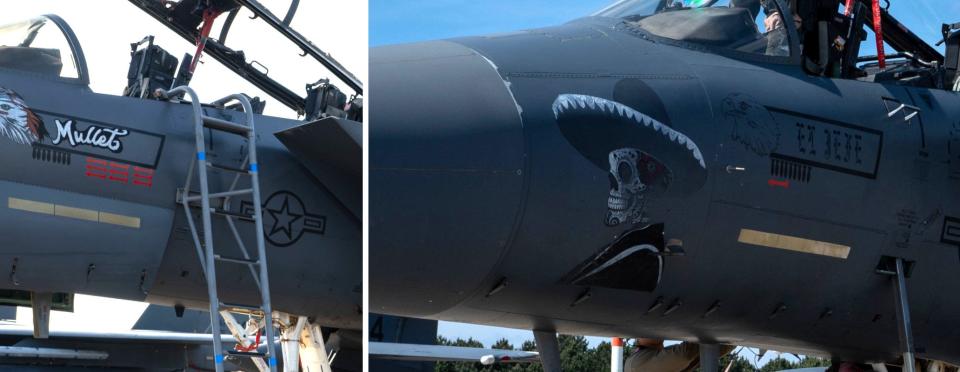
The Air Force's plans to cut more than half of the Strike Eagle fleet also come as the service has been steadily slashing its plans to acquire new, more advanced F-15EX Eagle II jets. The total size of its Eagle II fleet is now expected to be only 98 jets, down from the original call for at least 144 jets.
At one time, there had been talk about the potential for Eagle IIs to supplant some or all of the Strike Eagles, especially the older examples with the less powerful engines. The truncated F-15E and F-15EX communities are now set to be blended together in many respects, particularly when it comes to their training pipelines. You can read about how the Air Force's F-15EX plans have evolved and the implications of those decisions, which the service says are also being driven by its modernization priorities, more specifically here.
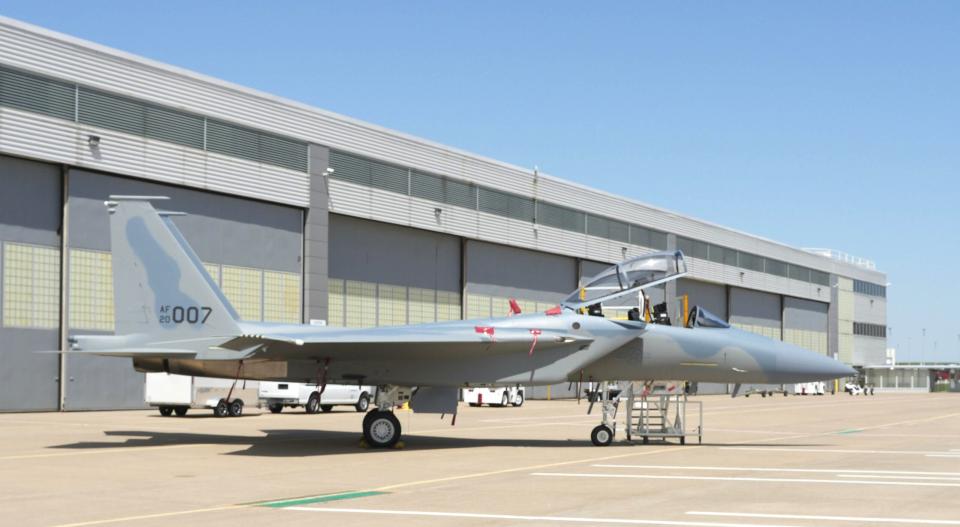
With the prospect already of F-15EX orders from Israel, Indonesia, and Poland, the Eagle II's future may be brighter outside of the United States. Last month, The War Zone highlighted how the F-15E's performance against Iranian drones had only helped underline the case for Israel to acquire the newer EX variant.
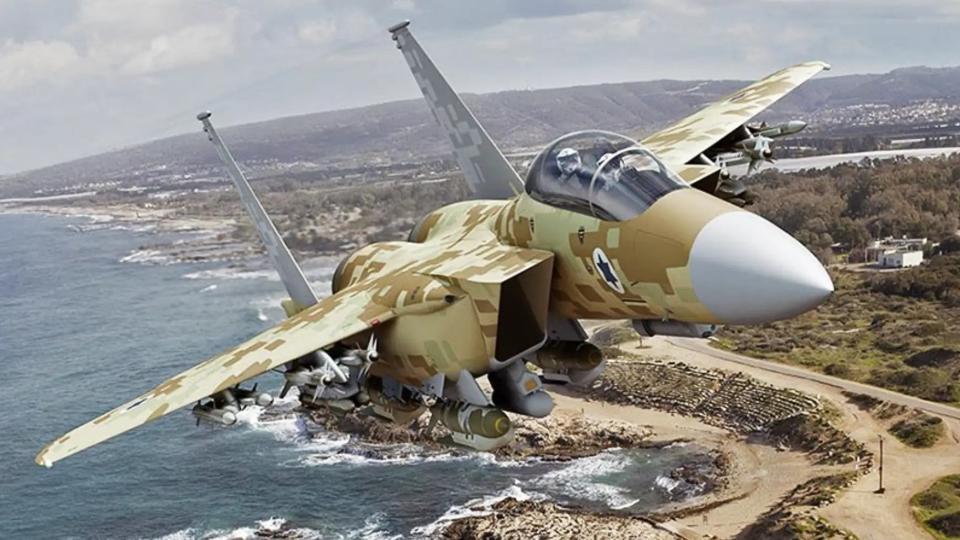
It does remain to be seen whether Congress will ultimately block the Air Force's F-15E retirement plans. The House's version of the Fiscal Year 2025 NDAA is likely to evolve further before a final vote is taken. It will also need to be reconciled with the Senate's vision for the annual defense policy bill. Once Congress passes the final NDAA, whatever provisions it contains, President Joe Biden will still need to sign it into law, too.
At the same time, concerns about the Air Force's force structure plans only seem to be growing among lawmakers across the political aisle. The future of the F-15E Strike Eagle fleet, which just recently showed its value on the world stage in the defense of Israel, looks set to be a particularly fierce debate.
Contact the author: joe@twz.com

